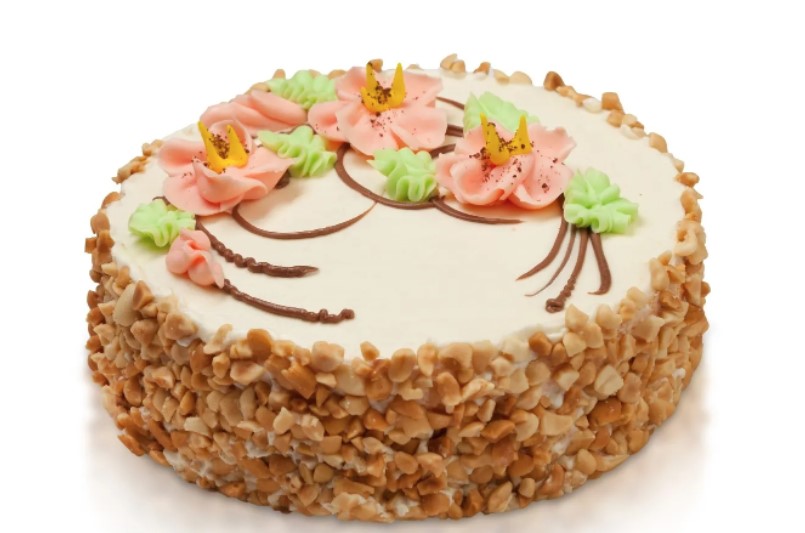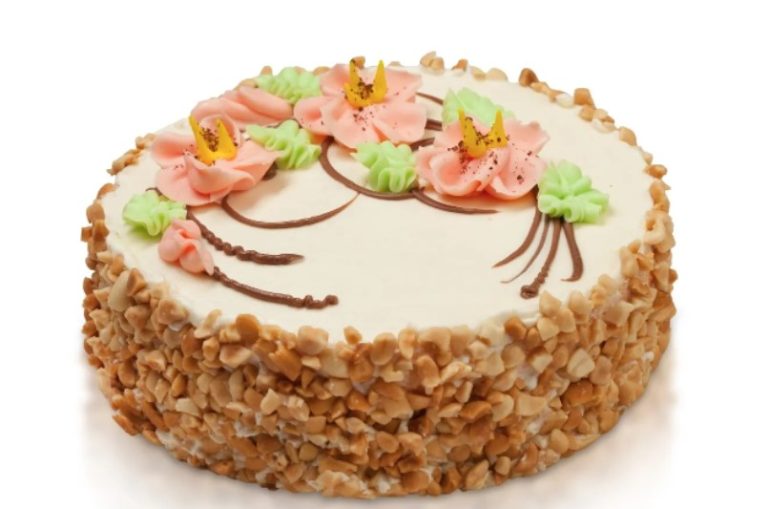Alcohol is also found in foods where you would not expect it. We explain to you which products you have to be careful with.
You can identify alcohol in food by its smell or by the list of ingredients. The problem, however, is that alcohol can also be contained in foods that are declared “alcohol-free”. Alcohol-free beer, for example, can still contain up to 0.5 percent alcohol by volume. According to the Baden-Württemberg consumer advice center, alcohol only has to be stated on the label if it has a content of at least 1.2 percent by volume.
While you are certainly aware of the fact that rum balls or Black Forest gateau traditionally contain alcohol, bananas, grape juice or jam will probably come as a surprise to you.

Some products contain alcohol as a preservative. In some cases, however, the alcohol is also produced by a natural fermentation process, for example with fermented vegetables, yeast dough, kefir or ripe to overripe fruit. Especially fruit with a high sugar content is affected. Bananas can contain up to 0.6% alcohol by volume.
Caution: These foods may contain alcohol
If you want to specifically avoid foods containing alcohol, you have to be aware of which products can be problematic. In addition to ripe fruit, particular caution is required with these foods, according to the Bavarian consumer advice center:
Confectionery: ice cream, sweets, jams
Finished products: including soups and sauces, preserves
Baked goods: e.g. cakes and tarts, yeast pastries
Drinks: kefir, naturally cloudy fruit juices, non-alcoholic beer, malt beer
Ripe fruit and fermented vegetables: e.g. bananas, sauerkraut
The German Society for Nutrition recommends no more than ten grams of alcohol a day for healthy women – which corresponds to about one glass of red wine – or a maximum of 20 grams of alcohol for healthy men. Pregnant women should avoid alcohol completely, as even small amounts can be harmful to the unborn baby.
It has not yet been scientifically clarified whether small amounts of alcohol in food pose a serious risk to children. It is therefore advisable for babies, children and pregnant women to only consume fermented foods in moderation and to use fruit with little sugar such as watermelons or blueberries. Because the alcohol in fruit comes from the conversion of sugar, high-sugar fruit tends to contain more alcohol.
Tips to avoid alcohol in food
If you want to avoid alcohol in food, there are a few things you should consider in everyday life. Always look at the list of ingredients or, if in doubt, ask again about packaged products. We present four important tips that can help you to avoid alcohol-containing products:
Check the list of ingredients: It is worth studying the list of ingredients of the respective product to check for a possible alcohol content.
Note the different terms: alcohol is often hidden under the names “ethanol”, “potable alcohol”, “ethyl alcohol” or “ethanol”. In addition, it is also listed in the form of various variety designations, such as “Brandy” or “Amaretto”. As soon as you are unfamiliar with a substance, research it or ask in the store.
Cook fresh: prepare your own food with fresh food. So you can be sure that there are no unwanted (alcoholic) preservatives in it.

Ask: At the bakery or in ice cream parlors you will usually not find a list of ingredients. To be on the safe side, it is worth asking the seller. Even if you eat in the restaurant, you can find out from the staff about the substances contained in the dish.
Store fruit correctly: You should store different types of fruit, such as apples and bananas, separately from one another if possible, otherwise they will ripen prematurely and the fermentation process will be accelerated. Fruit that has yet to ripen is best stored at room temperature. If you keep it in the fridge, you prevent the ripening process.

